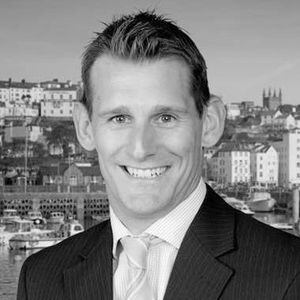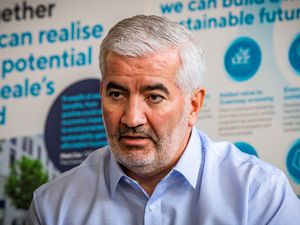Centenary year celebrated by the captive insurance sector
GUERNSEY’S captive insurance sector is thriving in a ‘hard’ market as it celebrates its centenary this year.

The island’s first captive insurance company was launched in 1922, although it took until the 1970s to really catch on and encourage the development of a buoyant sector in the Guernsey financial services industry.
Guernsey now has more than a third of the European captives market and was responsible for some 40% of the growth in captive formations in Europe in 2020.
Captives have benefited from the higher premium rates affecting most areas of commercial insurance and reinsurance.
Creating a captive increases the capacity available to the owner and creates competitive tensions with the remaining markets, as premiums ceded to a captive very rarely return to the open market.
‘In this hard market, risk retention becomes more attractive to commercial insurance buyers, and the economic arguments for forming a captive are significantly increased,’ said Mark Elliott, chairman of the Guernsey International Insurance Association and chief executive officer of Humboldt Re, writing for Captive International magazine in an edition marking the 50th anniversary of the Captive Insurance Companies Association.
‘This has led buyers to ask whether they might benefit from insuring their own risks using captive vehicles. At the same time, existing captive owners have significantly increased the use of their vehicles, bringing in new lines of cover, and increasing participation in others.’
Mr Elliott said that Covid, and the increasing global focus on climate change risk, had also benefited the captives sector.
‘In uncertain times when businesses face rapidly-developing risk exposures, captives are increasingly used to address risks for which organisations find it difficult to obtain cover from more traditional insurance markets,’ he said.
But the market will change over time and ‘softer’ conditions will prevail as rates in the commercial market start to stabilise.
‘We nevertheless expect to see more opportunities for captives to underwrite the emerging and unique risks of their parents for which there is no or insufficient market capacity,’ said Mr Elliott.
‘Looking back over 100 years of evolution and innovation, there is confidence that Guernsey’s insurance sector will be a beacon of thought leadership and a safe harbour with strong and proportional regulation.
‘Guernsey’s captive insurance industry has historically proved itself capable of providing solutions to new and changing risks and will continue to rise to these challenges.’





